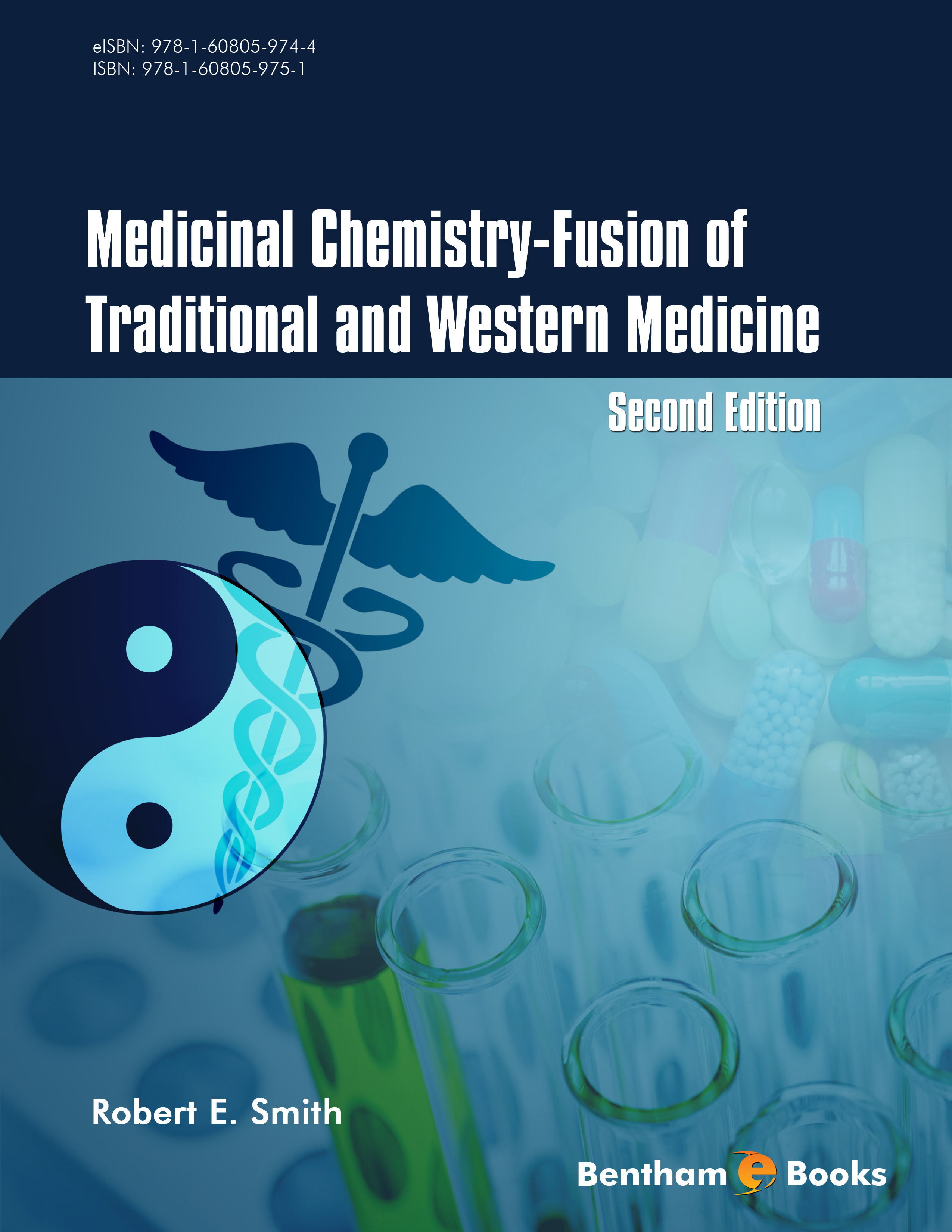How New Drugs Are Developed: Toxicology

- By Robert E. Smith1
-
View Affiliations Hide Affiliations1 Park University, Chemistry Department, 8700 NW River Park Drive Parkville, MO 64152, USA
- Source: Medicinal Chemistry - Fusion of Traditional and Western Medicine, Second Edition , pp 223-251
- Publication Date: November 2014
- Language: English
How New Drugs Are Developed: Toxicology, Page 1 of 1
< Previous page | Next page > /docserver/preview/fulltext/9781608059744/chapter-5-1.gif
The first rule of toxicology is that the dose is the poison. That is, every substance is toxic if given at a high enough dose. Toxicity testing in animals (usually rodents) is required for investigational new drugs. The EPA does toxicity tests on environmental chemicals through the National Institute of Environmental Health (NIEHS) and the Environmental Toxicology Program (ETP). They give very large doses of test chemicals to rodents to see if they might be harmful to the small portion of humans who are highly susceptible to the test chemical. GLP was formulated by the US Food and Drug Administration (FDA) to regulate non-clinical studies on the safety and possible toxicity of a new compound. The European Medicines Agency (EMA) has its own GLP regulations that overlap with the FDA GLP. Every GLP study must have a study director, who writes a study protocol and is responsible for the design, conduct and reporting of the study. Many GLP studies also have principal investigators (PIs). In contract labs that work for the NIEHS, there is a single PI who has overall responsibility for the GLP studies. The PI must approve of all study protocols and any amendments.
-
From This Site
/content/books/9781608059744.chapter-5dcterms_subject,pub_keyword-contentType:Journal -contentType:Figure -contentType:Table -contentType:SupplementaryData105

